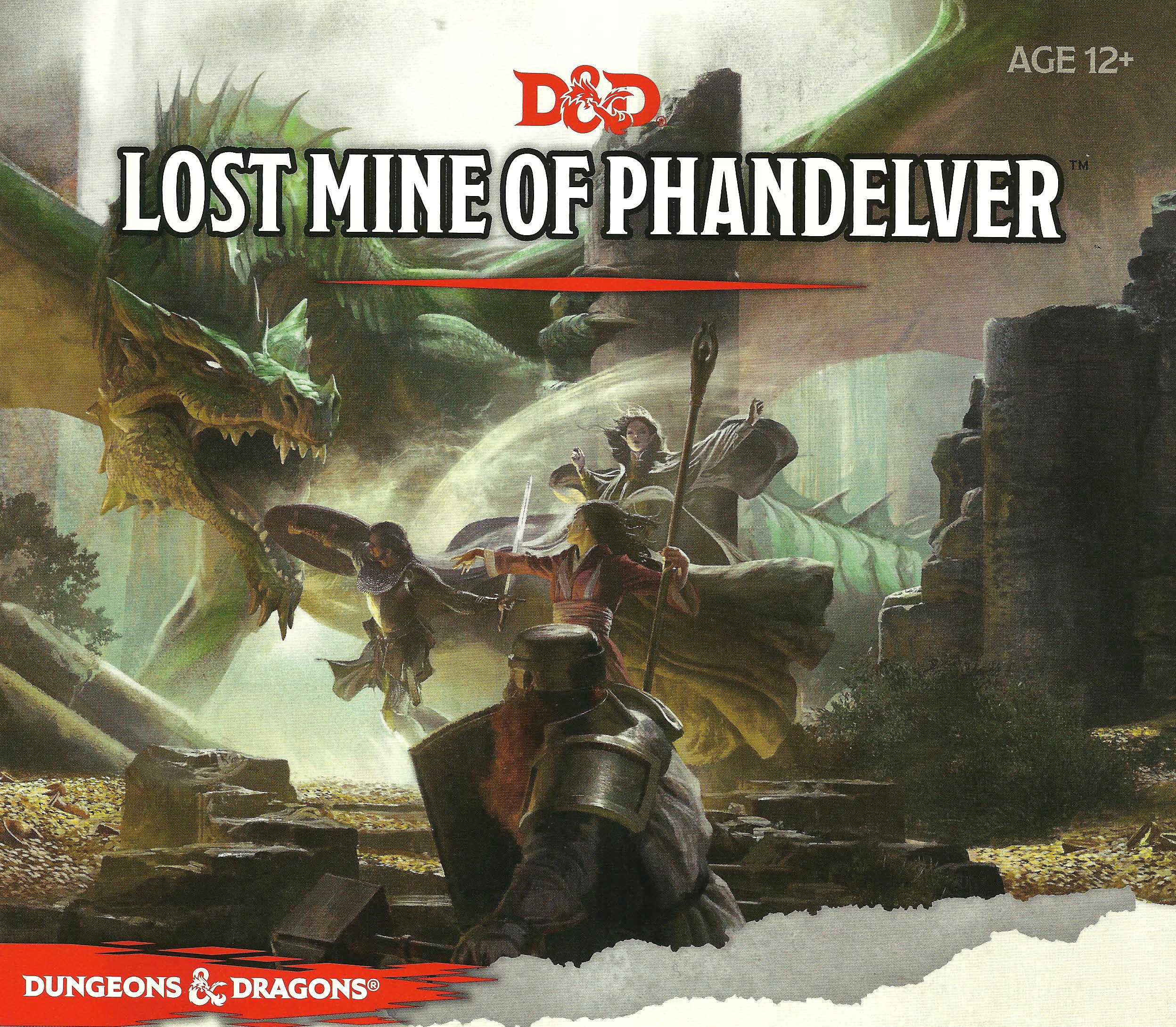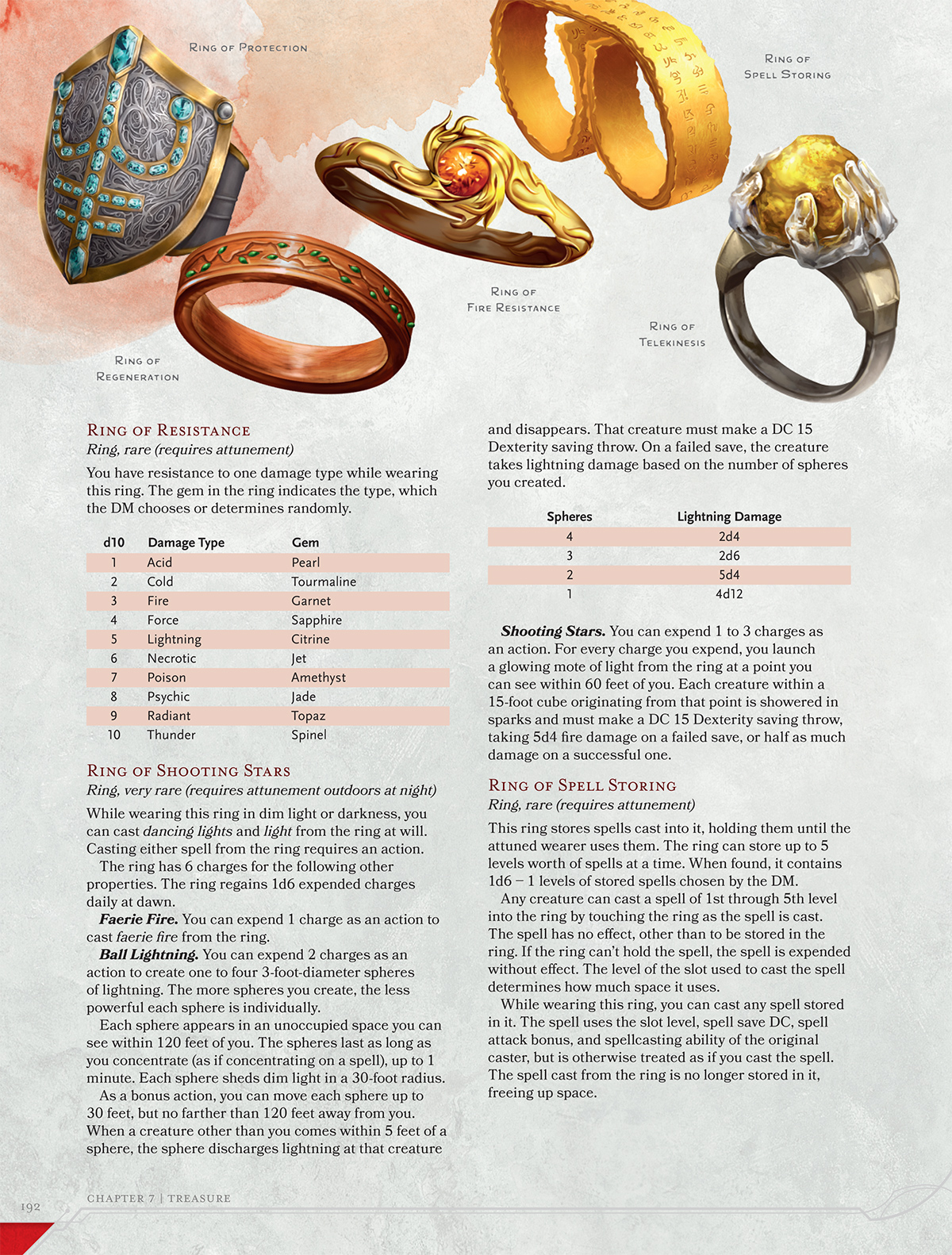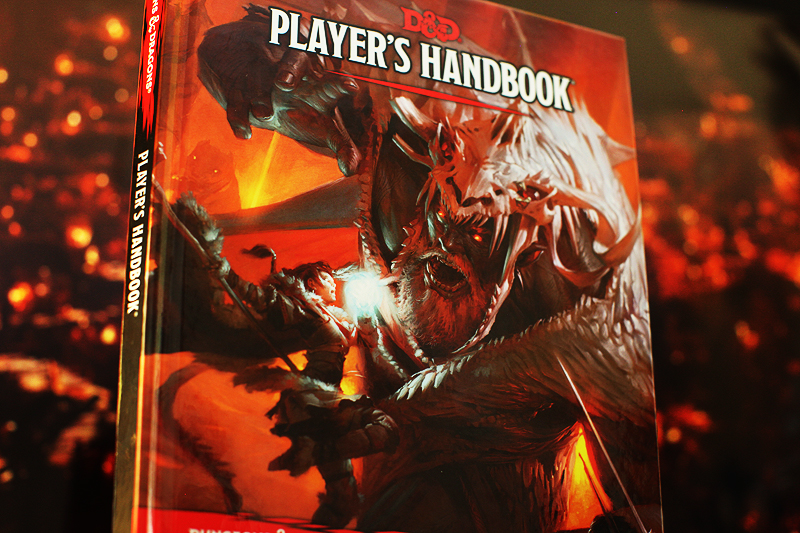Magic (and the way it works) is one of the draws of playing a game like D&D. Many previous editions use what is apparently called the Vancian model (I hadn't heard this until recently--who knew?). The major features Vancian magic define certain attributes of spellcasting: specific, named, prepared spells. Those spells are stored and then expended as they are cast. The fifth edition rules are a variant of this model. I'm going to focus initially on the Wizard (and by extension Sorcerer), but that's at least a slight injustice since the Warlock is once again a Player's Handbook-featured class. I may need to examine the Warlock's spellcasting in a separate post.
Some overall notes to provide structure to the rest of this entry:
- (1) Spells are prepared, but this is different from having each prepared spell fill a spell slot (as a Wizard in 3e).
- (2) Spell slots are conceived as a measure of how many spells you can cast and at what power levels (during a game day or between long rests). Spells are once again based on a nine tier system.
- (3) The Player's Handbook's individual spell entries do not identify spells by class; each class has a discrete list. This doesn't actually change how the game works, but it does change how we're supposed to perceive spells.
- (4) The "pieces" of a spell (I can't use the more apt word, components, for obvious reasons) remain very much the same as in previous editions: Somatic, Verbal, Material, and/or Focus. There are, however, some re-conceptions as to how material and focus components can interact.
1) As someone who "grew up" on 3e's Sorcerer/Wizard dichotomy, I have a slight hesitation making the adjustment to 5e intuitively. For this examination, "Sorcerers" are all classes that cast spells like the basic Sorcerer 3e class, most notably the actual Sorcerers; "Wizards" are all classes that cast spells in a way that resembles the Wizard, most notably the Wizard himself. The Sorcerer/Wizard 3e dichotomy goes something like this:
- Sorcerers know spells. A known spell is not able to be changed on-the-fly, during a short rest, or during a long rest. It is, for all intents and purposes, a permanently locked-in spell. Wizards prepare spells. A prepared spell fills a spell slot and exists only until it is cast. At that moment it is removed from the Wizard's mind completely and must be re-prepared in order to be cast again. Thus, Sorcerers have access to fewer spells, but know them all the time; Wizards have access to more flexibility, but can only cast them under limited circumstances.
- Sorcerers cast more spells per day per spell-level.
- Wizards have more of a variety of spells.
- Sorcerers--because they know spells--apply metamagic on the fly; Wizards--because they prepare ahead of time--prepare metamagic ahead of time (only) too.
 |
| Wizard on the left? Sorcerer on the right? |
Back to 5e where the dichotomy continues (nomenclature officially changes back to the Sorcerers and Wizards of 5e):
- Wizards still prepare spells; Sorcerers still know them. Wizards gain some advantage here in that they no longer prepare spells that fill spell slots ahead of time (giving them additional flexibility in how often each of the prepare spells is cast and in which ones are or are not cast). Point for the Wizard.
- Comparing total spell slots gets a little tricky because Sorcerers get the new "Sorcery Points mechanic." A first level Sorcerer gets 2 first level spell slots; a first level Wizard gets 2 as well. So far so good. A fifth level Sorcerer gets a 4/3/2 progression, and so do Wizards. The difference is that a Sorcerer also gets 5 points; these could be used to grant an extra 1st and 2nd level slot (or one extra third level). Advantage: Sorcerer. At 13th level, the progression remains the same, but once again the Sorcerer has 13 points--advantage is considerable for the Sorcerer. Basically, at each level the progression remains the same but the Sorcerer (through Sorcery Points) has the option of casting additional spells. Point for the Sorcerer.
- Sorcerers are still deeply limited in spells known. A wizard who never learned a spell from a scroll could still have access to 44 spells at 20th level. A Sorcerer has a meager 15. Point for the Wizard.
- Sorcerers are now the metamagic kings. With the removal of feats, metamagic has become a class feature for the Sorcerer; Wizards need not apply (although some of the Wizard schools have their own metamagic-y class features). Point for the Sorcerer.
As a final note on the dichotomy, the very number of spells a Sorcerer can draw from takes a huge hit (considering that in 3e the Wizard/Sorcerer lists were identical). Wizards still get the most spells to choose from, but now Sorcerers drop to a distant third-most (I know I read this somewhere, but I'm having trouble finding the reference. Apologies if this break down of spells-by-class is off! I don't feel like tallying everything up myself at this late stage). I was originally very alarmed at this, but the way that staffs, wands, and magic items in general have been adjusted to allow "anyone" to attune and use it, I think it will work out acceptably well. A Sorcerer isn't going to want the hyper-specific spells from a Wizard's list--and because of the metamagic shouldn't need them all anyway. By culling the list, I (hope) the developers simply made it harder for a Sorcerer to choose her spells poorly.
2) Using spell slots in the "loose" rather than "strict" way allows for them to be a much more accurate measure of power level of respective spellcasters. Someone who can cast 6 first level spells is clearly at an advantage over someone who can only cast 3. In third edition, a Wizard may have those 6 spells all as Magic Missile or they might all be Identify. By jettisoning the "strict" ideas, Wizard (and Cleric) players no longer have to have a million pages of various spells prepared in various slots. One or two lists of prepared spells (maybe one for dungeon crawling and one for urban exploring, for example) should be all that's needed. Spells can be raised into higher level slots for greater effectiveness "on the fly," and those pesky only-in-the-right-moment spells seem less wasteful to prepare. (How many of us have prepared Knock as one of our spell slots, only to find that we really needed that extra Magic Missile? Or, conversely, have an arsenal of attack spells, but didn't prepare Knock today because you knew you needed the firepower and didn't want to sell yourself short? Or even--heaven forbid--you intelligently prepared Knock and then need to open a second door.) I think this is an excellent choice.
 | |
| Yes, I know Gandalf's wizardry doesn't apply here--just go with it. |
3) As someone who hasn't played a PC in a traditional D&D campaign in over a decade, I find it hard to give an honest appraisal of the way the Player's Handbook lists its spells. As a DM, I miss the old-style entries from 3e where each spell listed which class lists it could be found on. This was great for me to keep track of who was capable of what. Back when I was a player, it also let me leisurely stroll through the spells and get useful information about individual spells. As I leafed through, I could see who had highly unique spells (Druids, Paladins), who had spells that almost everyone got--eventually (Clerics). I could decide how I wanted to advance as a character by looking at the spells individually and deciding which course to take to gain access to a particular spell or three. In 5e, that mechanic seems to be swept under the rug (or perhaps remaining there from 4e). Now, you are encouraged to commit to a class and then seek out spells based on the list provided. Less aimless wandering, more committed referencing. If I consider the design implications of this, it seems like this choice may have been made to encourage players to focus on their character's progression in a straightforward way, moving away from the ability/spell/feat creep that has spawns the unbelievable number of options in Pathfinder. In the place of a player, I might find this a bit frustrating initially, but if I were really committed to playing a particular character this kind of focus may prove useful for removing distracters. As a DM, I still miss the old open-ended method which allowed me to corroborate across classes more easily. In all likelihood this is still a good choice.
4) Spell components have always been a source of confusion for me. DM David addressed this issue in some detail already, so I won't repeat his excellent thoughts and development on this issue. What I will do is summarize how I plan to handle this issue in my own game(s):
- Material components are necessary.
- Exception: You may use a Focus in place of material components.
- Exception: If the material components would cost more than 1gp, and you don't possess them, you must have the requisite moneys on hand. Upon casting the spell, the value of the components is transmuted from your possession into oblivion.
- Exception: If the component is incredibly rare or circumstantially valuable, the DM may rule that the actual component must be present even if you have a Focus and/or have the (accurate) amount of wealth available.
- Somatic components are necessary.
- Clarification: A free hand shall be re-defined as "a hand not being used to grasp/manipulate an object." In other words, a character wielding a two-handed staff or sword must let go (with one hand), but a character wielding a weapon and shield could continue relatively unchanged (unless making shield attacks).
- Verbal components are necessary.
- Most players will not pay attention to what components a spell actually requires. Establishing a "normal" stance for each player will eliminate 99% of the confusion. (That is, talk to each player about how their character is fighting/exploring: what do they have in their hands? If they need to be adjusted in order to cast spells during combat/exploration, make the adjustment and explain why.)
- Clarification: Greater scrutiny will come into play when characters are hostages/captives or simply don't have normal access to their gear.








